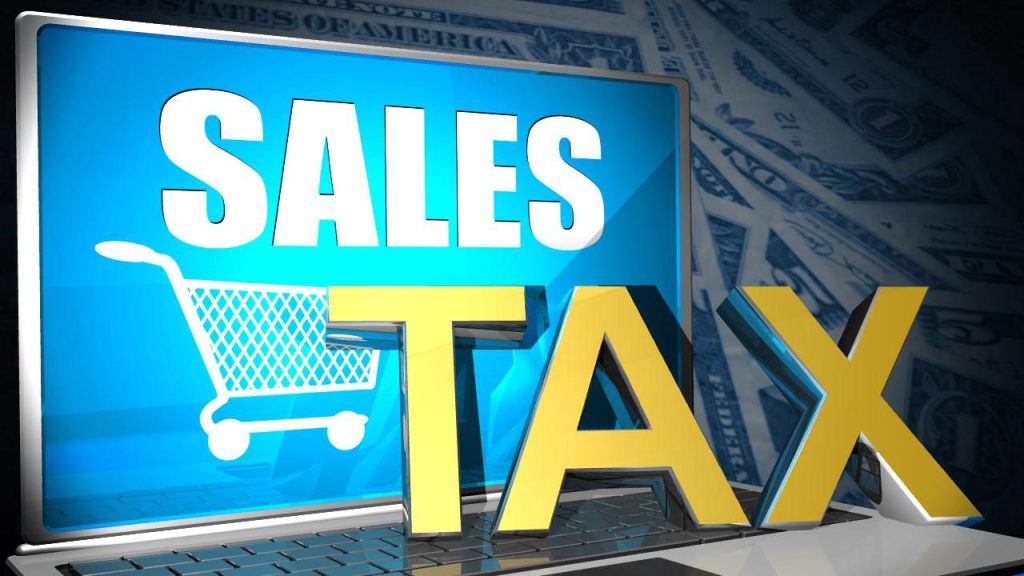
(WNY News Now) According to State Comptroller Thomas P. DiNapoli, local sales tax receipts in New York state increased by 2.3% in October to $1.84 billion, representing a $41 million gain from the previous year.
The total amount collected from municipal sales taxes in October in New York State was $1.84 billion, a 2.3% increase over the same month the previous year. After a month of inactivity in September, this expansion—which was mostly driven by New York City—has given a more positive perspective.
State Comptroller Thomas P. DiNapoli noted that the increase was mostly attributable to New York City’s performance, which saw a 4.1% increase in collections, or an extra $33 million for the city. In particular, New York City’s $842 million in revenues made a substantial contribution to the state’s growth.
Following nearly flat statewide growth in September, New York City led the state’s October rise in sales tax revenues, DiNapoli said in a statement, boosting monthly performance. He did, however, issue a warning that local governments may be impacted as they create their budgets for the upcoming year due to the recent fluctuations in sales tax collections.
Collections in counties and localities throughout the rest of the state, excluding New York City, increased by a modest 0.4% to $884 million. The majority of counties—36 out of 57—reported increases from the previous year, indicating a consistent, albeit slight, improvement in local tax receipts.
The state Department of Taxation and Finance released the statistics Thursday. It is derived from the monthly cash allocations to tax-imposing cities and counties. Estimates of the taxes payable by each municipality form the basis of these distributions, which are then modified every three months to account for actual vendor sales.
DiNapoli’s caution about volatility is that local governments should exercise caution as they complete their financial plans for 2025, even though the upward trend in October provides some respite. January 2025 will see the release of the state’s next quarterly sales tax data for the months of October through December, which could provide more information on consumer spending patterns and the state’s economic recovery.
